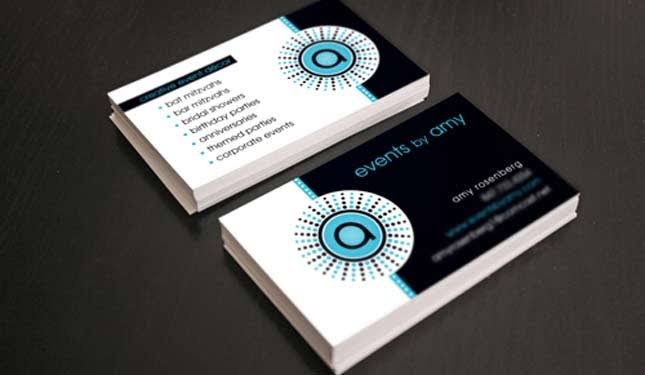When considering how many business cards you should order, several factors come into play, each tailored to your unique professional needs and circumstances.
Deciding How Many Business Cards to Order
Here’s a comprehensive overview to help guide your decision-making process:
- Quantity Considerations and Discounts: Ordering business cards comes with tiered pricing—buying in bulk often results in a better per-card rate. However, it’s crucial not to overpurchase to hit a discount threshold if you won’t use all the cards. You should also account for potential job title changes, frequency of use, quality, upcoming events, and branding updates.
- Industry-Specific Needs: Different industries have varying norms for how business cards are used and circulated. In sectors where in-person meetings and trade shows are common, such as real estate, consulting, and legal services, the demand for business cards tends to be higher. Conversely, in tech or creative fields, where digital introductions are more prevalent, the need for physical cards may be lower but still essential for certain interactions.
- Quality vs. Cost: The quality of your business cards can significantly impact the recipient’s perception of your brand. High-quality, durable materials suggest reliability, while lower-quality cards might save costs upfront but could negatively affect your brand image. Finding a balance that reflects your brand’s values without overspending is key.
- Rebranding and Information Updates: Consider how often you rebrand or update information like services, contact details, or website design. This frequency will influence whether you should order cards in smaller quantities to avoid waste.
- Immediate Needs and Strategic Ordering: Your immediate need for business cards—whether for an upcoming event or as a standard practice—will dictate the quantity. Starting with a small batch offers flexibility to update designs, but larger orders reduce the cost per card, making them more budget-efficient for established businesses.
- Networking Frequency and Event Planning: The scale and frequency of your networking activities should guide your order quantity. For active networkers, a substantial stock ensures readiness for unexpected opportunities. Planning ahead for your event calendar can help estimate the needed quantity more accurately.
- Evolving Business Needs and Scalability: As your business grows, your needs for business cards will evolve. Startups in their early stages might see rapid changes in their contact information, services, or branding, suggesting an initial conservative approach to ordering. As the business stabilizes, more substantial orders can be considered to take advantage of bulk pricing discounts.
Strategies for Effective Business Card Management:
- Incorporating Technology for Flexibility: Utilizing QR codes on business cards can offer a flexible bridge to your digital presence, allowing for real-time updates to your contact information or portfolio without the need for reprinting. This approach combines the tangible benefits of a physical card with the dynamic capabilities of digital content.
- Balancing Digital and Physical Networking Tools: In today’s digital age, supplementing physical business cards with digital versions can enhance your networking strategy. Digital cards can be easily shared online and updated as needed, complementing the traditional benefits of physical cards in face-to-face interactions.
- Adapting to Business Changes: Stay adaptable in your approach to ordering business cards. As your business evolves, reassess your needs regularly to ensure your business cards remain an effective tool for networking and brand promotion. This might mean adjusting the quantity, design, or even the information presented on your cards to align with your current business strategy and market presence.
Wrapping Up
By considering these detailed factors and employing strategic management of your business card orders, you can ensure that your investment in this essential networking tool is both effective and efficient. Balancing the quantity and quality of your business cards, while staying adaptable to the changing needs of your business, will position you well for successful professional interactions and business growth.
